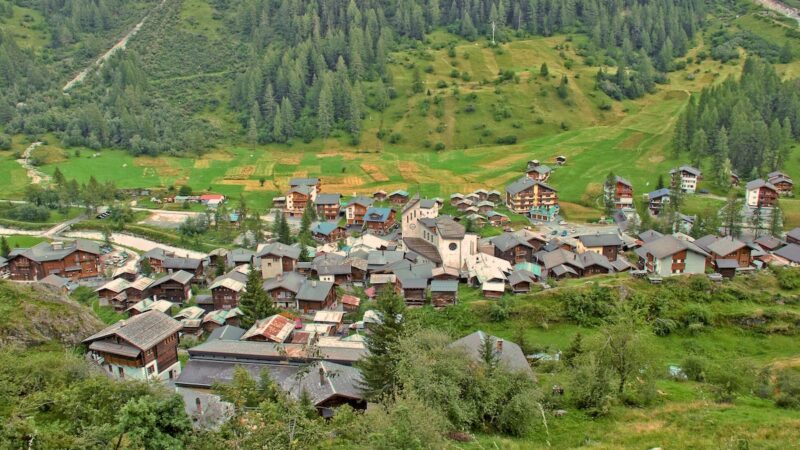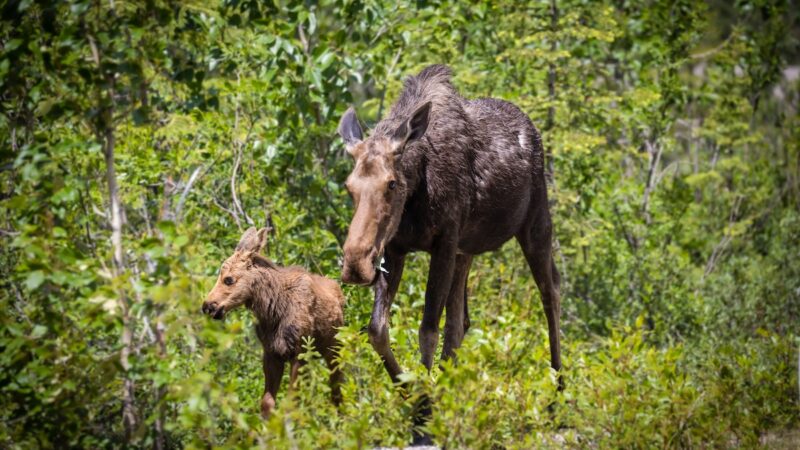5 Things You Didn’t Know about Patagonia and Torres del Paine National Park
Patagonia, including Torres del Paine National Park in Chile and Argentina, is known for its stunning landscapes and natural beauty. Be warned, though, the more you learn about this region, the more you may feel like you need to visit.
Videos by Outdoors
Torres del Paine National Park is one of the most-visited national parks in the world and is part of a UNESCO Biosphere Reserve. Its incredible peaks and ragged mountains call to tourists from all over the world. Here are five facts you may not have known about Patagonia and Torres del Paine National Park.
5. It’s Home to Flamingos

Who knew that Patagonia is home to one of the world’s most remote flamingo colonies? In Patagonia’s southernmost regions, you can find these incredible birds standing around on one leg. These Andean and Chilean flamingos add a surprising touch of pink to an otherwise rugged landscape. Spot the Chilean flamingos at Laguna Seca and the lakes and lagoons of Parque Nacional Patagonia. To see them on the Argentina side, check out Chacabuco Valley.
4. The Weather Is Insane
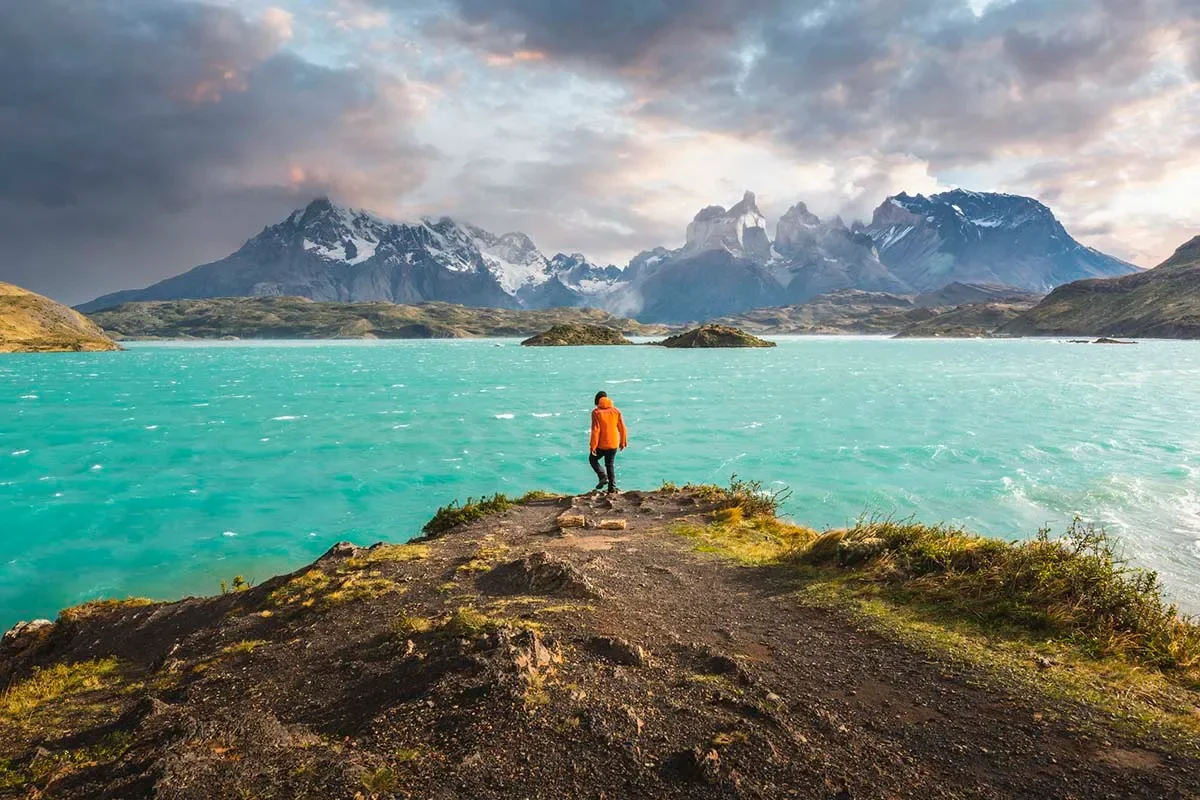
Patagonia has famously unpredictable and extreme weather conditions, so when you visit, get ready for rapidly changing weather—from sunny skies to heavy rain or snow in a matter of minutes. The strong winds, also known as the “Winds of Patagonia,” are notorious for their intensity and can make hiking and camping challenging. With gusts up to 100 km/hour, climbers hoping to attempt climbs such as the Fitz Roy traverse have waited weeks for safe-weather windows that never came.
3. It Has the Biggest Ice Fields Outside of Antarctica
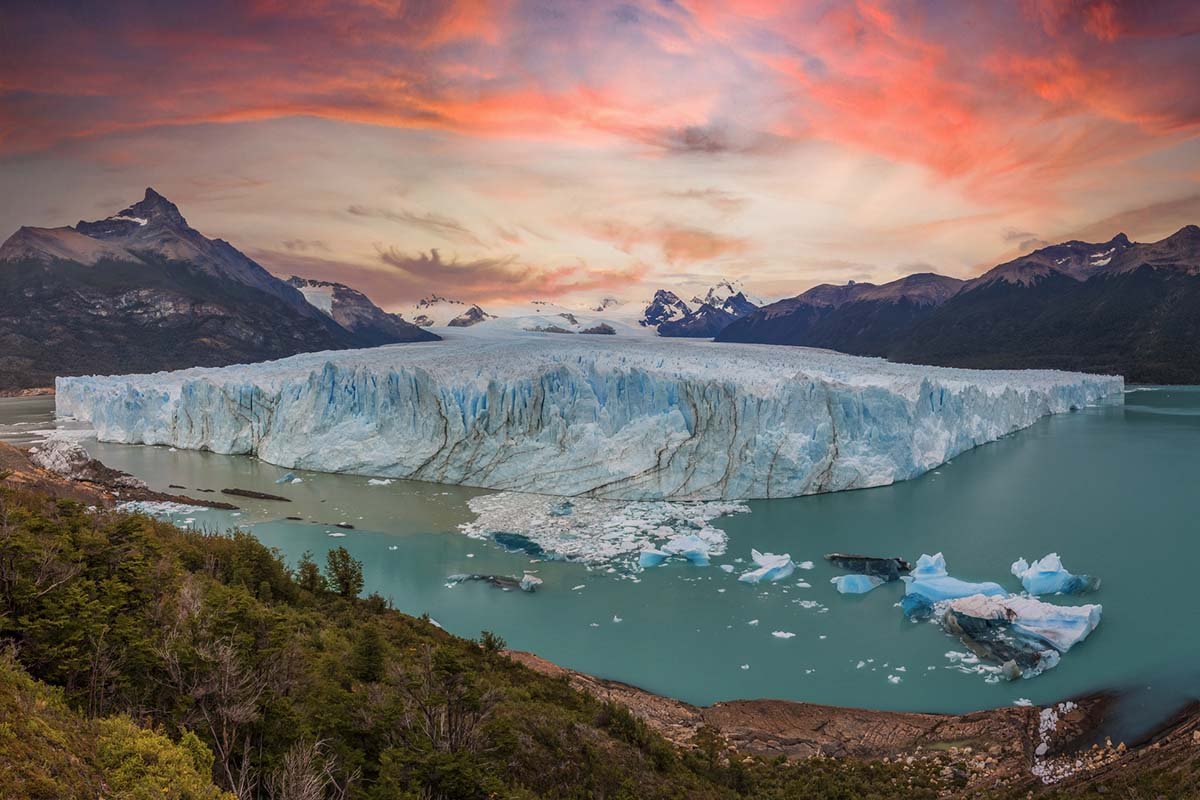
While Torres del Paine National Park is famous for its rugged mountain peaks and pristine lakes, it is also home to several glaciers. The Southern Patagonian Ice Field—one of the largest ice fields outside of Antarctica—feeds many glaciers in the region. It covers 13,000 square km and stretches 350 km in length.
While you’re in Patagonia, also check out Gray Glacier, which can be viewed from many of the park’s hiking trails. More than 60 outlet glaciers extend from the Patagonian Ice Field, including the Perito Moreno glacier, one of the few glaciers still in advance.
2. Kawésqar and the Selk’nam Lived There First
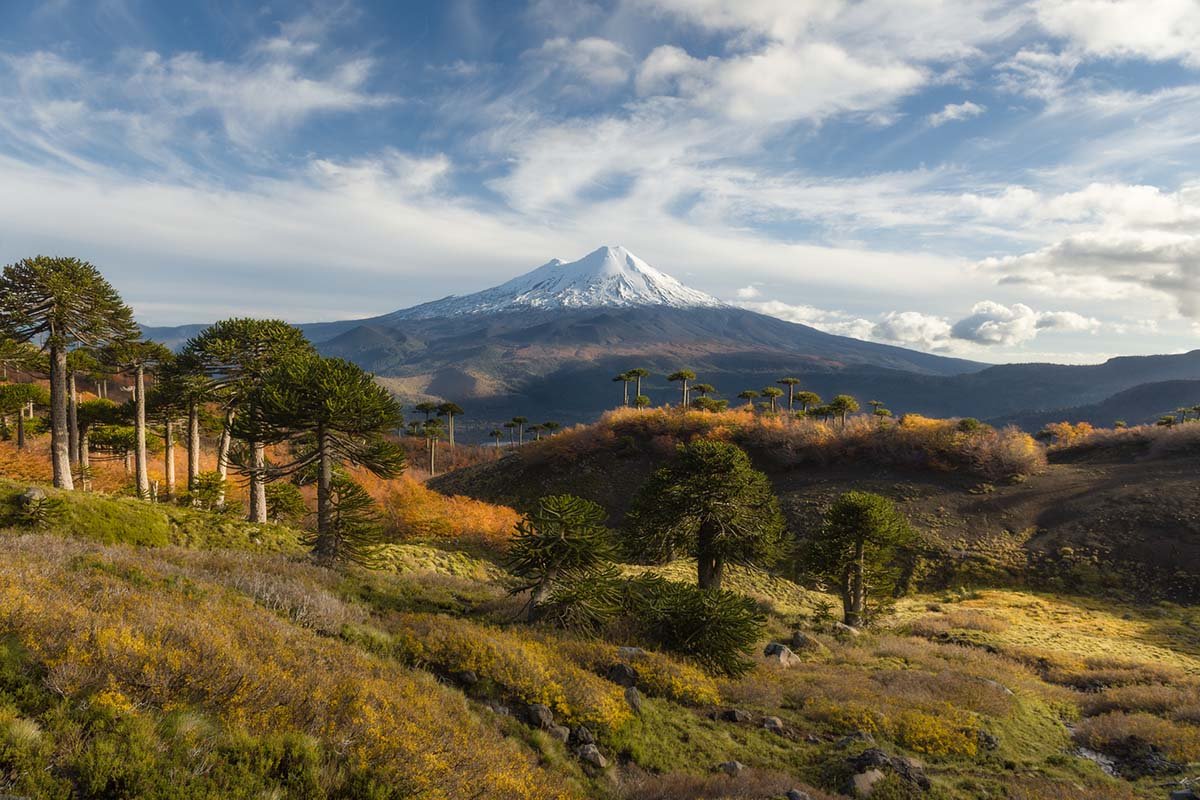
Before the arrival of European settlers, Patagonia was inhabited by various indigenous groups, including the Kawésqar and the Selk’nam, who have since diminished, mainly due to genocide. Their history and culture remain an integral part of the region’s heritage. You can still find ancient cave paintings and other archaeological remnants that speak to the rich indigenous history of Patagonia.
1. Actually, Giant Sloths Lived There First
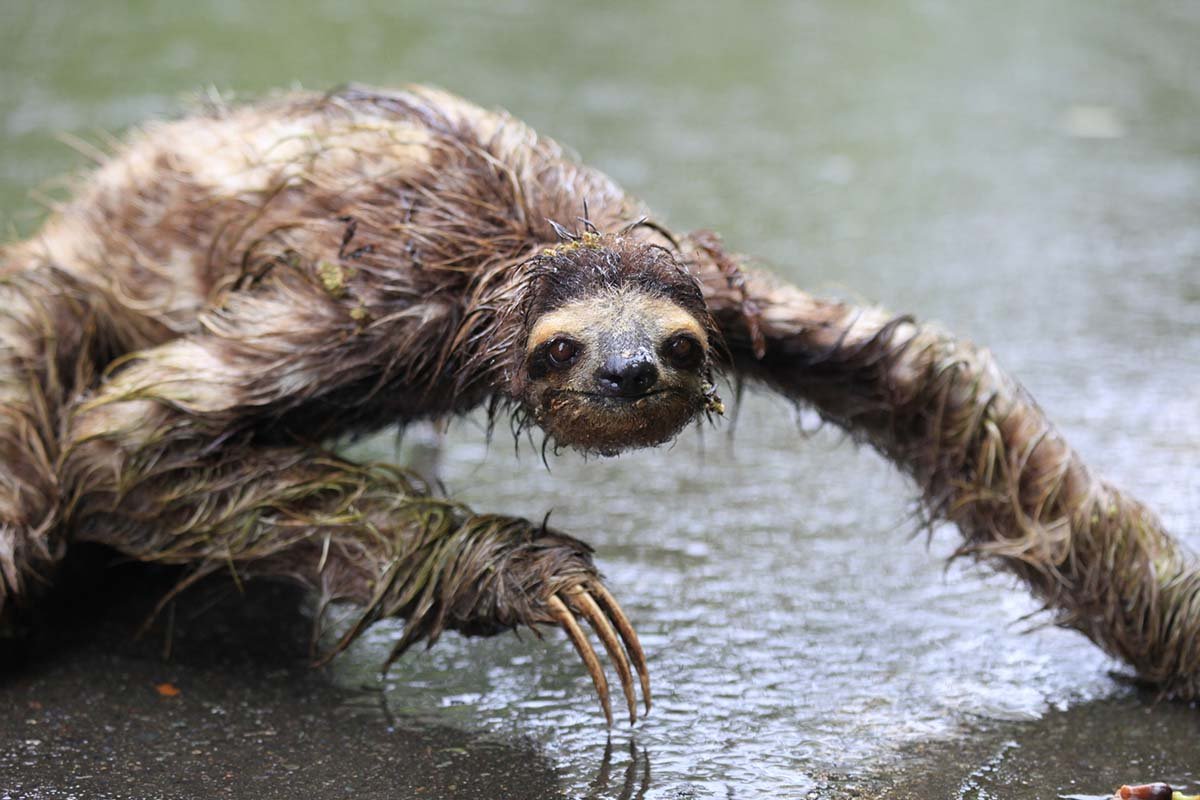
Patagonia is home to a diverse range of plant and animal species, some of which are found nowhere else in the world. The region is known for its distinctive wildlife, including guanacos (a type of camelid), foxes, and the elusive puma. Perhaps the most unusual animal associated with this region, though, is an extinct one—the giant sloth, also known as the Mylodon.
Mylodon is part of a group of mammals called ground sloths that lived for millions of years, weighed about 1,000 kilograms, and was as tall as 10 feet. In the early 20th century, researchers found remnants of this extinct giant ground sloth in the Mylodon Cave, located near Torres del Paine National Park. They’ve been found from Alaska all the way down to Torres del Paine.
These giant sloths died out around 10,000 years ago. Historians speculate that they went extinct from extreme weather and hunting. This discovery shed light on the prehistoric fauna of the region and captured the imaginations of scientists and the public alike. Today, you can visit the cave and see life-sized Mylodon replicas, offering a unique glimpse into Patagonia’s ancient past.
Source: https://outdoors.com/things-you-didnt-know-about-patagonia-national-park/


